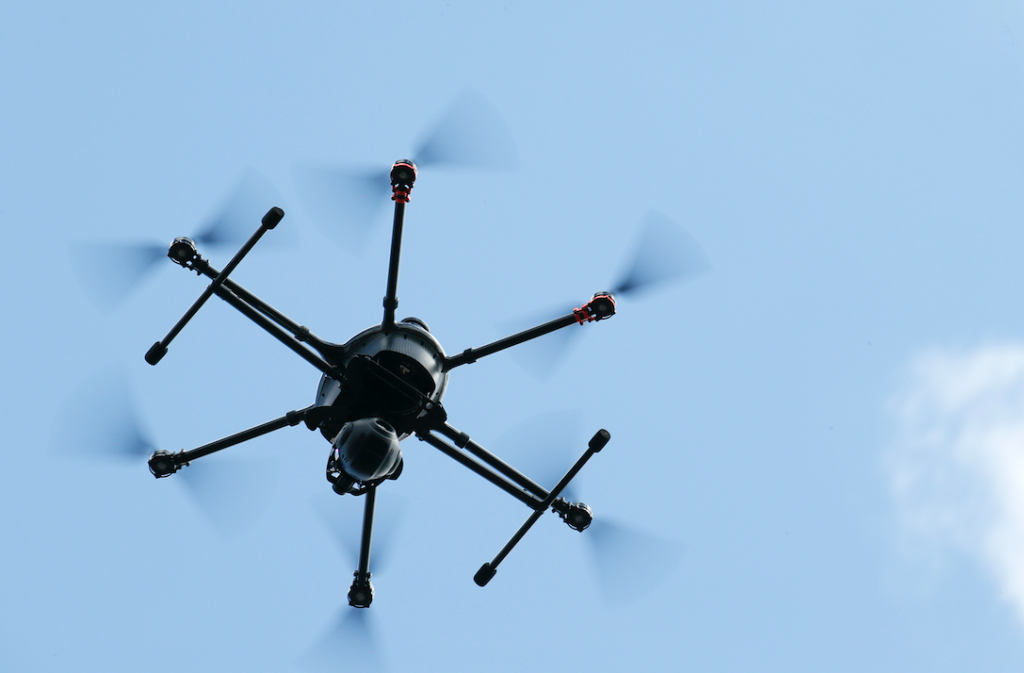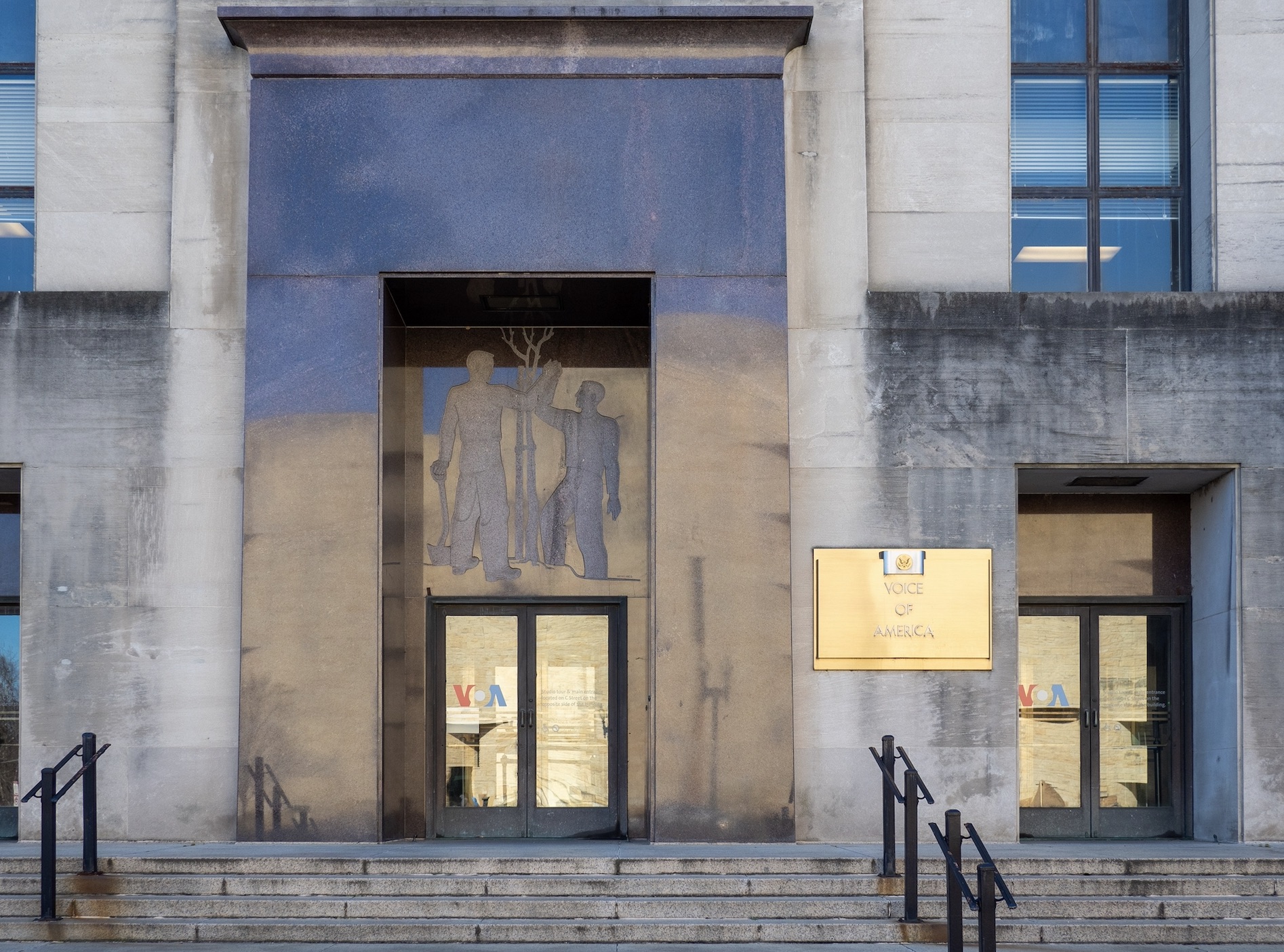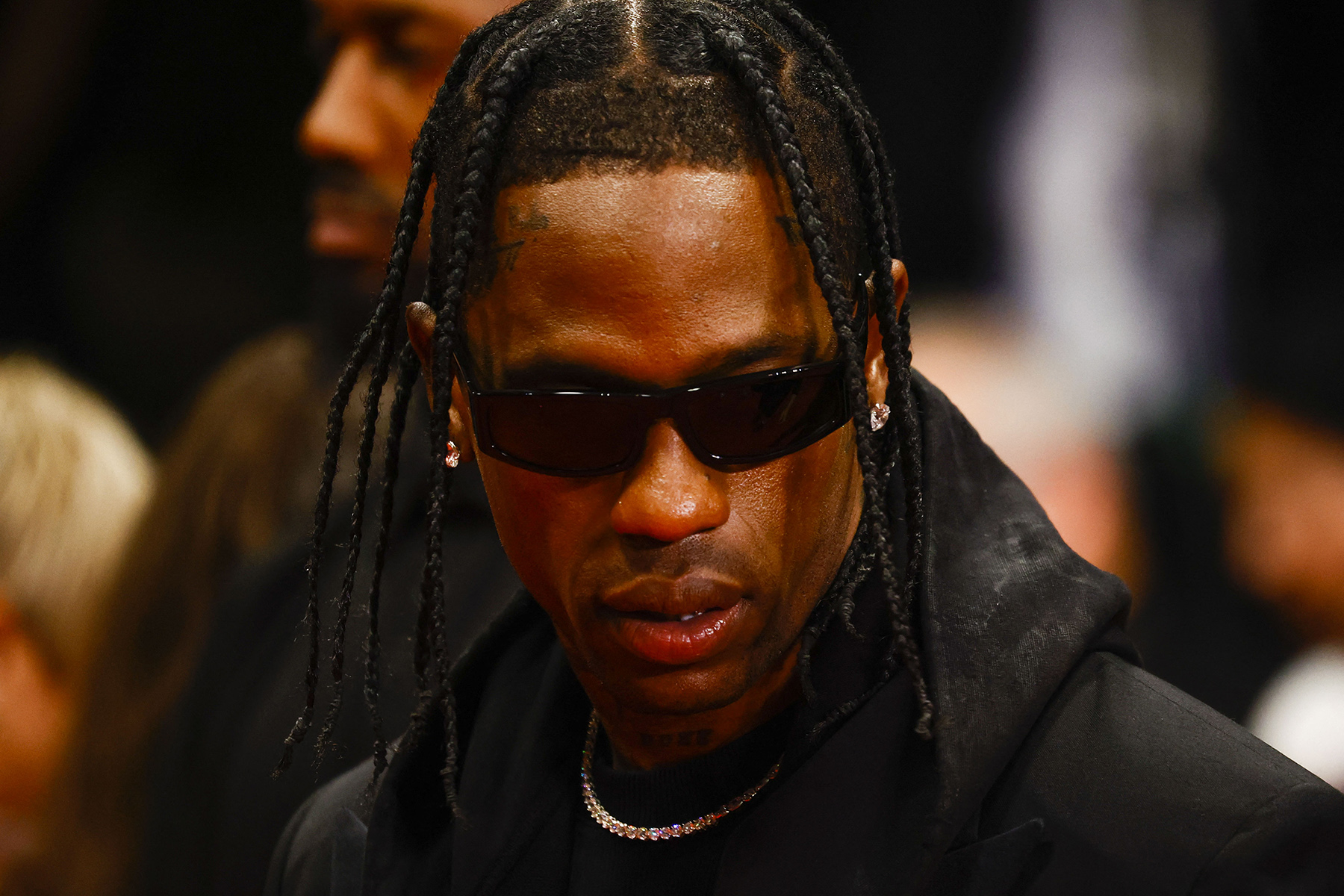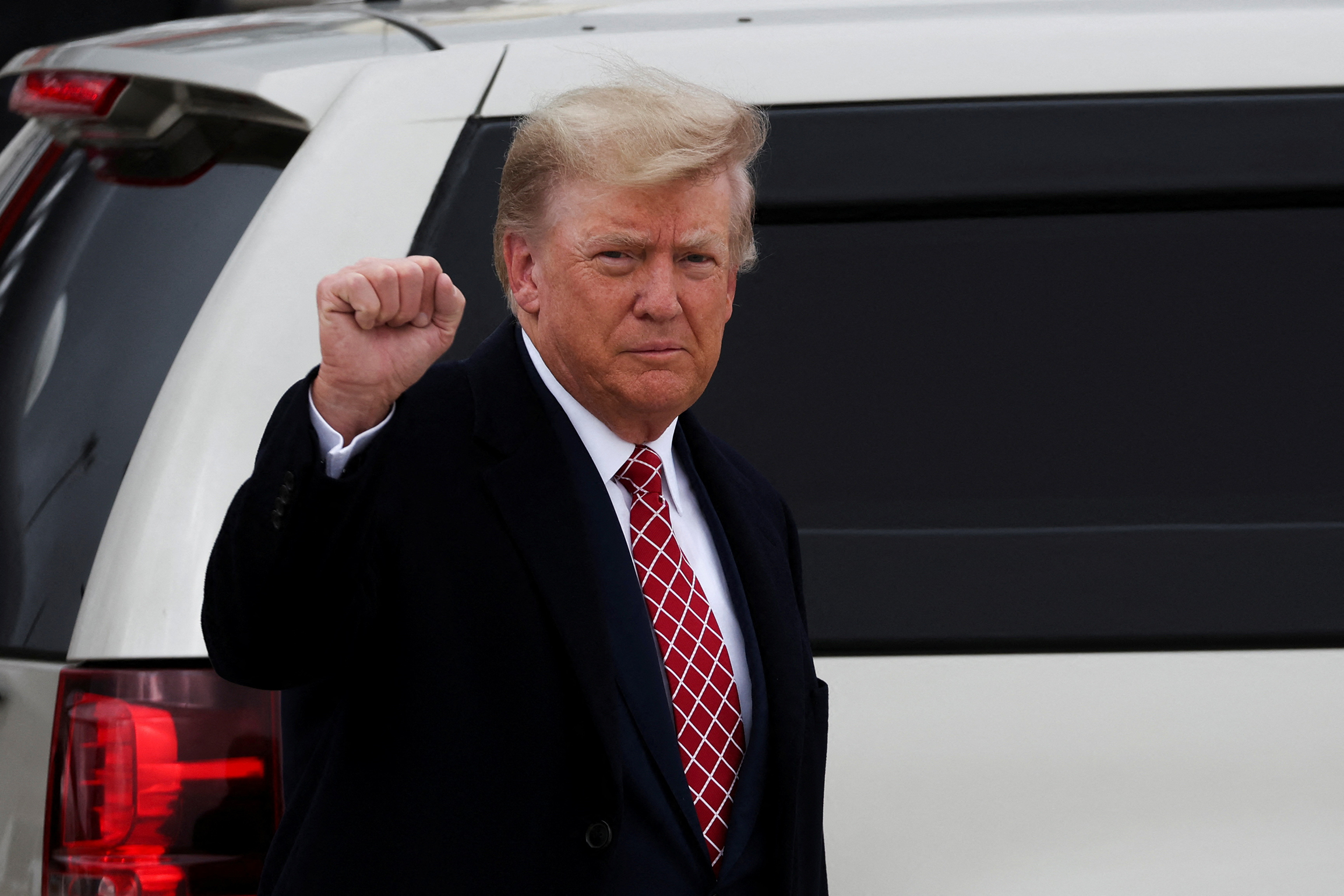Update 11/30/2020: The United States District Court for the Western District of Texas Austin Division ruled that the plaintiffs could move forward with their First Amendment challenge.
An Austin-Texas-based newspaper’s recent attempt to report on air pollution caused by cattle feedlots was temporarily thwarted due to the state’s restrictions on drone usage.
As Texas Observer reporter Christopher Collins explained in a story published on February 13th, the feedlots produce “fecal dust” that enter the air and spread to nearby communities. People living in communities exposed to concentrated animal feeding operations (CAFOs), tend to have higher rates of asthma and respiratory diseases.
See previous story: Visual Journalists Challenge Texas Law Restricting Drones
But when the Texas Observer considered using a drone to photograph one town’s “massive network” of cattle feedlots, the paper discovered that state law prevents media organizations from using that method of news gathering.
Under Texas law, organizations cannot pilot drones above jails, petroleum refineries, sports arenas, and cattle feedlots unless they are real estate companies, engineering firms, or have permission from feedlot operators. (Not a single one of the dozen feedlot operators the Texas Observer contacted gave their permission.)
In September 2019, The National Press Photographers Association, the Texas Press Association, and an independent journalist filed a lawsuit arguing that the law unduly restricted news gathering efforts and speech protected by the First Amendment.
In an interview with the Texas Observer, Jim Hemphill, a lawyer involved in the lawsuit challenging the state’s drone laws, criticized the effect the laws had on the newspaper’s ability to report on CAFOs.
“Concentrated animal feeding operations pose potential hazards with regard to environmental pollution, with regard to treatment of animals, with regard to many things that may be in the public interest. There appears to be no compelling public interest in prohibiting [drone photography of CAFOs],” Hemphill said.
The newspaper ultimately decided to charter a plane in order to get the photos they were looking for, albeit at a much greater expense. “…not all news organizations have the means to shoulder that additional cost,” Collins notes in his story.
Tags




